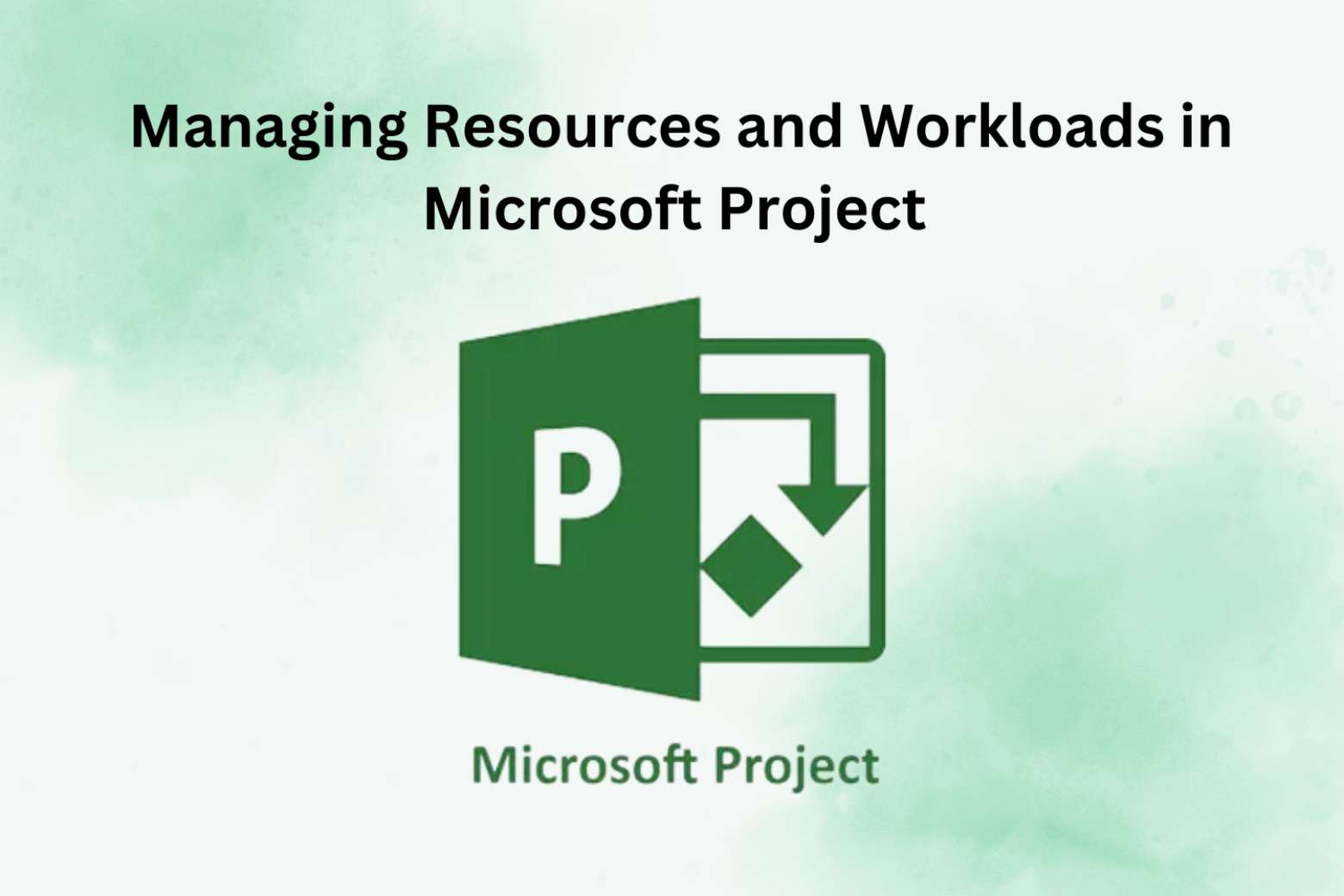Microsoft Project is indispensable for efficient project planning, tracking, and management. Efficient resources and workload management are significant in the Microsoft Project Plan. Project managers with a Microsoft Project Qualification help plan and manage projects efficiently. This blog will discuss Microsoft Project and explain how it manages your resources and tasks.
Understanding Resources in Microsoft Project
In Microsoft Project, people, tools, and materials are considered resources and essential for finishing a project. There are different resources as follows:
- Human Resources work on the project as team members, contractors, or vendors and contribute their time and expertise.
- Material resources are resources in the form of physical objects, such as equipment and tools.
Budgeted expenditures on goods and services and other project-related expenses are included in cost resources.
Adding Resources to Your Project
Here are the steps to successfully manage resources in Microsoft Project:
Create a Resource List
Write down everything you’ll need for your endeavour. If relevant, please specify the names, kinds, availability, and hourly rates of the resources you will be using.
Add Resources to Work
In your project plan, put resources to work by assigning them to particular tasks. Be sure to include the availability of each resource and the amount of work they are expected to provide throughout the project period.
Set Resource Constraints
Limitations on available resources, such as working hours, holidays, and maximum workload capacity, should be defined.
Managing Workloads
Workload management strategically allocates tasks to available resources to maximise efficiency and prevent over- or underutilisation. Some methods for controlling functions in Microsoft Project are as follows:
Allocation of Resources
Using Microsoft Project’s resource allocation features, assign tasks to resources according to their availability, abilities, and workload capacity. Never overburden a resource with competing priorities or simultaneously give them too many jobs.
Task Dependencies
Define the relationships between jobs to assign resources in a logical sequence. Prioritise important activities and distribute resources appropriately by utilising task dependencies.
Resource Levelling
Use Microsoft Project’s resource levelling tools to fix resource conflicts and ensure everyone gets their fair share of labour. This tool is excellent for keeping everyone on the same page and avoiding resource waste.
Workload Monitoring
Microsoft Project’s reporting and monitoring features regularly monitor resource workloads and project progress. You can maintain an ideal workload balance by identifying bottlenecks, reassigning jobs as needed, and adjusting resource allocations.
Utilising Resource Views
To better manage and visualise resources, Microsoft Project provides several resource views:
Resource Sheet View
This view gives you a comprehensive rundown of all the project’s resources, including their names, kinds, pricing, and availability. To manage your project’s resources, use this view.
Resource Usage View
The Resource Usage View shows workloads and assigned resources over time, so you can monitor resource use, spot overallocations, and fix them if necessary.
Team Planner View
Workload balancing, task reassignment, and resource optimisation are all made more accessible with Team Planner View, which provides a visual picture of resource assignments across tasks.
Best Practices for Resource and Workload Management
Follow these guidelines for optimal Microsoft Project resource and workload management:
Plan Ahead
- First, make a detailed strategy that includes every job, milestone, and deliverable.
- Ensure you include a comprehensive summary of all necessary resources, personnel, tools, and materials.
- Be prepared for any problems or limitations arising from a lack of resources.
- Strategically distribute resources according to their availability, criticality to the project’s success, and skills.
Regular Updates
- Continuous evaluation of resource availability, job prioritisation, and project schedules is essential for spotting modifications or departures from the initial plan.
- You can make necessary changes to resource allocations, task durations, and assignment updates using Microsoft Project’s scheduling and tracking tools.
- Maintain transparency and buy-in by keeping stakeholders and team members apprised of progress and any adjustments to resource allocation.
- Conducting evaluations and assessments regularly is essential for finding ways to optimise and increase resource utilisation.
Training and Support
- Give your employees an in-depth rundown of Microsoft Project’s capabilities and features for managing resources and tasks.
- Help your team members get the most out of the programme by providing consistent assistance and direction.
- Organise seminars or workshops to help team members better allocate and plan resources.
- Motivate your team members to collaborate by sharing strategies for maximising available resources.
Conclusion
Microsoft Project is a widely used tool in every organisation. It can be extensively used for resource and workload management.
